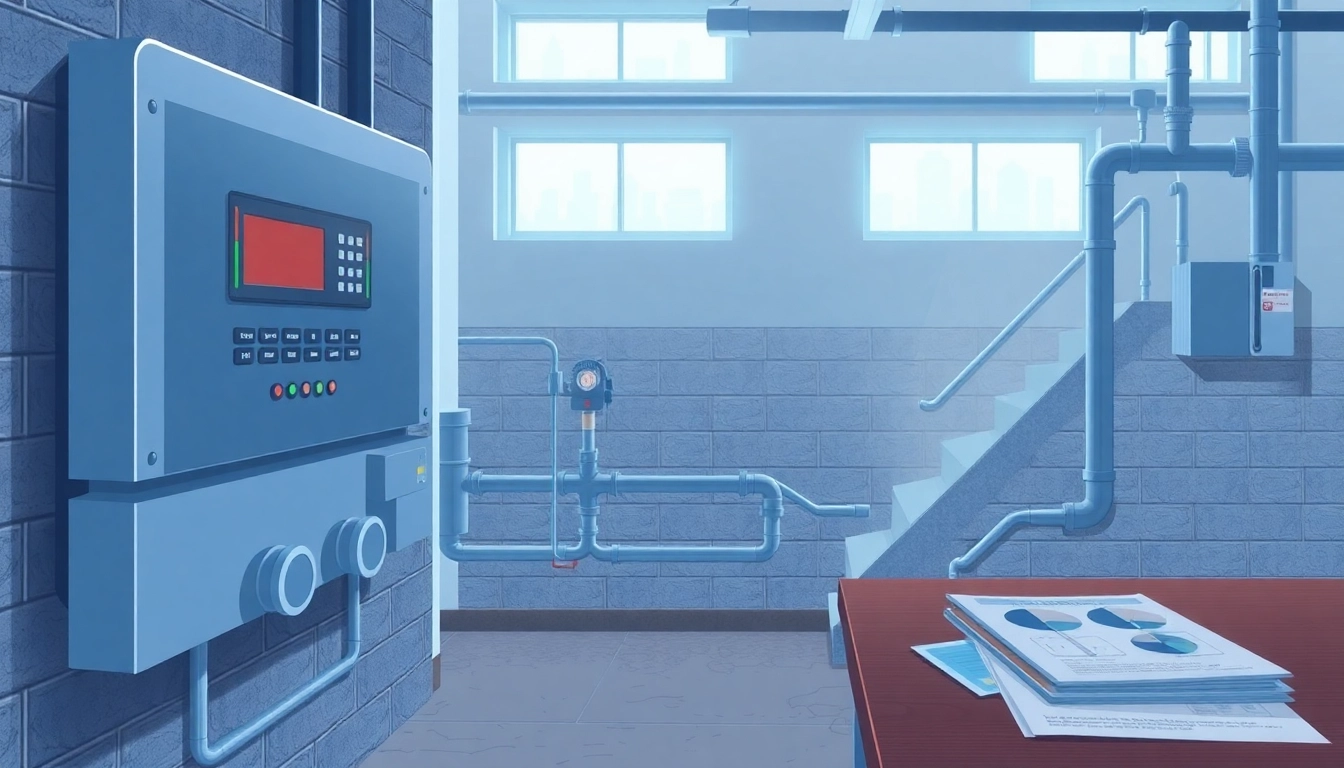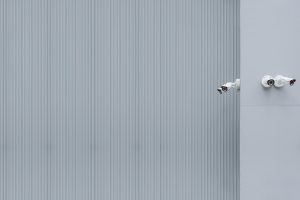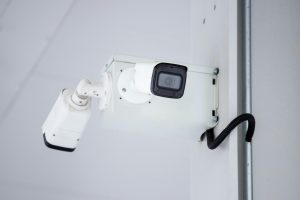The Ultimate Guide to Commercial Leak Detection: Protect Your Investment

Understanding Commercial Leak Detection
What is Commercial Leak Detection?
Commercial leak detection involves the identification and management of leaks in commercial properties, ranging from office buildings to industrial complexes. This process is vital for preserving the structural integrity of a property and preventing costly water damage. Modern leak detection systems utilize advanced technology, including sensors and automated monitoring systems, to detect leaks early and efficiently. By implementing these systems, property managers can safeguard their investments, maintain compliance with regulations, and enhance sustainability efforts.
Importance of Commercial Leak Detection in Buildings
The importance of Commercial Leak Detection cannot be overstated in today’s urban environments. Leaks in commercial buildings can lead to significant financial losses, structural damage, and environmental hazards. Water damage can compromise the integrity of building materials, leading to expensive repairs and potential safety hazards. Moreover, undetected leaks can escalate into mold growth and other health-related issues, affecting occupant comfort and safety. Implementing a robust leak detection system not only minimizes risks and costs but also enhances overall operational efficiency.
Types of Commercial Leak Detection Systems
There are several types of leak detection systems pertinent to commercial buildings, each utilizing different technologies to accomplish the task at hand:
- Acoustic Leak Detection: This method employs sound sensors that can detect the noise generated by water escaping from pipes or fittings.
- Infrared Thermography: Thermal imaging cameras identify temperature variations, helping to locate leaks by detecting abnormal heat patterns caused by moisture.
- Moisture Sensors: Strategically placed moisture sensors can monitor humidity levels and alert property managers when levels exceed safe thresholds.
- Smart Leak Detection Systems: These intelligent systems use IoT technology, connecting sensors throughout the property to provide real-time data and alerts on potential water leaks.
Common Challenges in Commercial Leak Detection
Identifying Hidden Leaks in Large Properties
One of the chief challenges in commercial leak detection is identifying hidden leaks within large or complex properties. As buildings grow in size and complexity, traditional methods may fall short. Leaks can occur in concealed areas, such as within walls, under floors, or in inaccessible piping systems. To combat this, advanced detection technologies, such as thermal imaging and acoustic sensors, can penetrate barriers to pinpoint leaks accurately, thereby expediting remedial actions.
Maintaining Equipment for Effective Detection
Effective leak detection requires the continuous maintenance and calibration of detection equipment. Over time, sensors can lose accuracy, leading to false alerts or missed leaks. Regular maintenance protocols, including testing and recalibrating sensors and systems, ensure optimal performance. Property managers should also keep detailed logs of maintenance activities and sensor performance to track operational efficiency.
Addressing Customer Concerns About Leak Risks
Customers and occupants in commercial buildings grow increasingly concerned about leak risks, particularly regarding the potential damage to their space. Addressing these concerns requires transparent communication and proactive management. Regular updates to tenants about the measures being taken to mitigate leak risks can foster trust and confidence. Educational initiatives, including training sessions on leak prevention measures, can also empower occupants to recognize and report potential issues.
Best Practices for Effective Commercial Leak Detection
Regular Maintenance and Inspections
Regular maintenance and inspections form the backbone of any effective leak detection strategy. Scheduling routine checks for plumbing and piping systems, alongside the testing of leak detection technologies, can help in identifying issues before they become significant problems. Creating a maintenance schedule that includes documented inspections can serve as both a proactive measure and a compliance requirement.
Integrating Modern Technology and Sensors
Integrating modern technology into leak detection efforts is crucial for staying ahead of issues. The adoption of smart leak detection systems that utilize IoT technology not only facilitates real-time monitoring but also improves response times when leaks are detected. Property managers can leverage data analytics generated from these systems to develop insights into leak patterns and make informed decisions to mitigate risks.
Training Staff on Leak Prevention Techniques
Equipping staff with knowledge on leak prevention techniques plays a pivotal role in reducing leak occurrences. Training programs can cover essential topics such as identifying signs of leaks, performing basic maintenance checks, and understanding the operation of detection systems. A well-informed staff can act promptly to address potential issues, leading to minimized disruption and damage.
Case Studies in Commercial Leak Detection
Successful Implementations in Office Buildings
Case studies of successful implementations of leak detection systems in office buildings highlight the effectiveness of proactive measures. For instance, a multi-story office complex adopted an integrated leak detection system using moisture sensors and acoustic detection. This approach not only enabled the quick identification of minor leaks but also helped in preventing substantial water damage during a severe storm. Post-implementation, the building reported a 25% reduction in water damage claims, showcasing the financial and operational benefits of leak detection.
Lessons Learned from Commercial Properties
Various commercial properties have provided valuable lessons in the field of leak detection. Key insights include the importance of customizing systems to fit building specifications and the need for comprehensive staff training to enhance operational efficiency. A retail store that integrated temperature monitoring within its leak detection system noted improved inventory management as product spoilage risks decreased substantially due to timely intervention in case of environmental changes.
Evaluating Cost Savings from Leak Detection
Evaluating cost savings resulting from effective leak detection is essential for justifying investments. Properties with robust leak detection systems can achieve substantial savings in repair costs, insurance premiums, and operational downtime. Financial analyses have shown that companies can recoup their initial investment in leak detection technology in as little as three years, emphasizing its value in long-term property management and sustainability strategies.
Future Trends in Commercial Leak Detection
Innovations in Leak Detection Technology
The future of commercial leak detection is bright, with continuous innovations on the horizon. Developments such as machine learning algorithms for predictive maintenance and advanced sensor technologies for enhanced accuracy are set to revolutionize the industry. These innovations promise to create more responsive and proactive leak management systems, enabling property managers to address leak issues before they escalate into costly catastrophes.
Shifts in Industry Standards and Practices
As awareness of environmental sustainability grows, industry standards related to leak detection and prevention are evolving. New regulations may mandate the adoption of advanced leak detection systems in commercial properties to minimize water waste. Staying attuned to these changes will be essential for compliance and operational efficiency, as automated reporting features in modern systems assist in meeting regulatory requirements seamlessly.
Predictive Analytics and Their Role in Leak Management
Predictive analytics is poised to play a significant role in the future of leak management. By analyzing historical data and real-time information, building managers can predict potential leak occurrences and take preventive measures before minor issues develop into major problems. This proactive approach not only reduces costs associated with leaks but also enhances overall building management practices by ensuring that resources are allocated efficiently.






